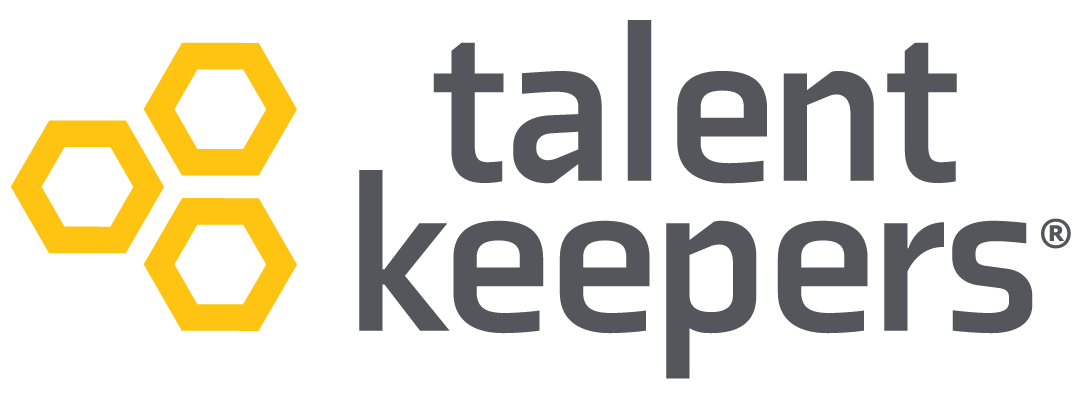1. Create an environment where high performance is valued and recognized.
“Birds of a feather flock together.” Teams that perform well tend to attract and retain high-performing people who value being on a high-performing team. Conversely, when a team member is not willing or able to meet a high-performing team’s standards, the team will communicate the need to increase performance or find another team.
How can you create and sustain a high-performing team environment? The steps below outline the elements required.
- Establish performance standards and communicate these widely so that current and prospective team members understand the expectation.
- Create, frequently monitor, and publish metrics that indicate progress against the performance standards. These metrics should measure progress on the foundational components required to achieve the overall performance target. Leadership can make adjustments before seeing the final performance outcomes.
- Show team members how their performance impacts the overall team and organizational performance and hold them appropriately accountable for achieving their performance targets.
- Recognize team members who consistently achieve their performance targets and solicit best practices they use. Socialize these best practices, so lower-performing team members can consider adopting these practices to increase their performance.
Discussion question: Think about a high performer on your current or previous team.
i. How did you recognize this team member’s performance?
ii. How did you share their best practices with other team members?
2. Use different management techniques based on team member performance levels to maximize all contributions.
WOWs, Wet Socks, and Snorkels. Interesting names for three different levels of performers can help you appropriately manage differently.
- WOWs are your best performers; they’re nearly perfect and just about “Walk on Water” (WOW).
- Wet Socks are your good but not the best performers. They often “Walk on Water” but sometimes slip beneath the water’s surface and get their socks wet.
- Snorkels are your underperformers whose performance is below expectations. They’re underwater and need a snorkel to breathe.
How should you manage each of these three levels of performers differently?
Macro-manage your WOWs.
- Macro-management is the opposite of micro-management; your WOWs will perform their best when managed this way.
- When giving a WOW an assignment, describe in every way possible what success looks like but don’t tell them how to achieve it.
- Let them wow you with creative and novel ways to complete the assignment.
- Once created, review their plan to ensure it is feasible, then let them run.
Coach your Wet Socks.
- They need support and macro-manage in areas of strength.
- What’s most important is to gain agreement on what areas need help.
- Ask your Wet Socks to list the areas in need of support. Discuss the list and adjust based on your assessment. Then agree on how and when you will support them in those areas.
Micro-manage your Snorkels.
- Underperformers often don’t understand the underlying behaviors required for achieving success.
- Identify the elements needed for success and manage these behaviors.
- If a salesperson consistently misses their revenue goal, address the following behaviors: number of leads contacted, meetings held, and proposals submitted.
- Manage Snorkels up or out to create and maintain a high-performing culture.
Discussion question: Confidentially place each of your team members into one of the three performance categories above.
i. If you shared this exercise with your manager, would they agree?
ii. Additionally, would your team member agree if you shared their aligned category?
If you answered no to either question, you have an opportunity to be more transparent on performance expectations and execution.







